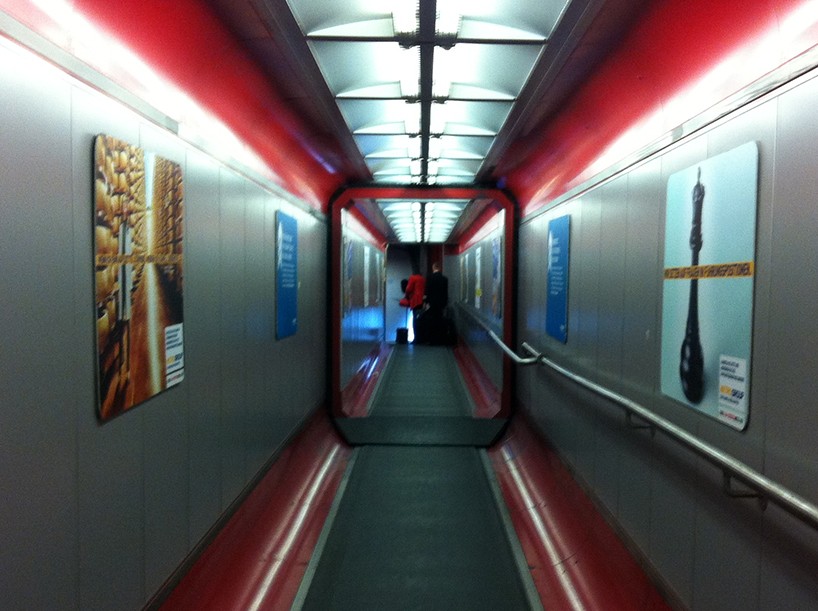LED light and jet lag prevention is new in the airline industry but had strong scientific backing.
Anyone who’s dealt with jet lag knows it’s more than just being a bit sleepy through the first day of a vacation. Jet lag is a recognized temporary sleep disorder that affects anyone traveling over multiple time zones. The more time zones that are crossed, the more a person’s circadian rhythm will be disrupted and the more likely a person is to experience jet lag.
There are numerous methods out there that claim to prevent or lessen the effects of jet lag. There are articles that recommend anything from chugging caffeine drinks to using herbal remedies, but few have been proven to effectively and consistently work. Fortunately, airlines are studying the effects of long travel on circadian rhythms, and some airlines are taking steps to help travelers adjust to new time zones more smoothly.
LED light and jet lag
Airbus, a global design and manufacturing firm, recently released a new airplane that claims to pair LED light and jet lag prevention. LED technology and lighting levels are used to mimic natural lighting and to reduce the effects of jet lag for travelers.
The LED lights installed in the airplanes help stabilize bodily clocks as passengers enter a different time zone. The amount and type of light needed depends on the time of day and the direction of travel. In general, when traveling east, travelers should be exposed to light early in the flight. A person’s internal clock should be delayed by exposure to light in the early evening when traveling west.
Of course, travelers will still have to acclimate to the new time zone when they land, but the use of natural light will make the transition easier.
Other design benefits of LED lights
Of course, reducing the effects of jet lag isn’t the only benefit of installing LED lights in airplanes. On the Airbus A350, for example, the LED lights installed can be programmed to emit light from a palette of over 16 million colors. This allows airlines to not only mimic natural daylight but also allows them to program the lighting to reflect the airline’s branding and to create a more comfortable lighting environment for passengers.




